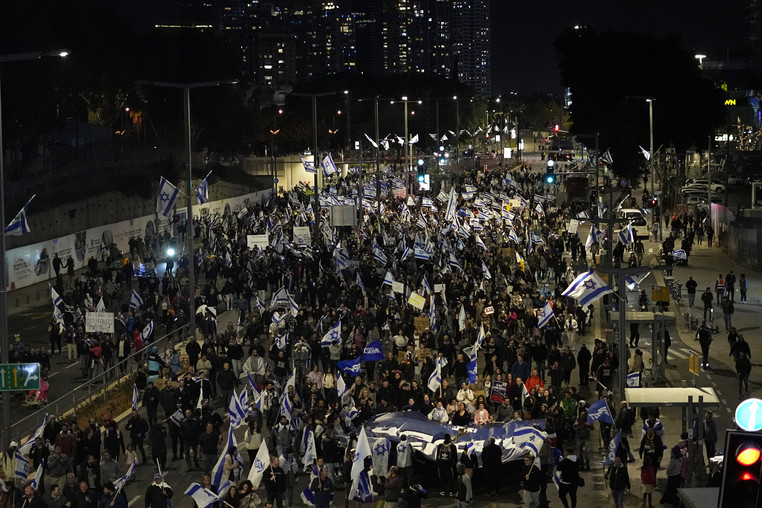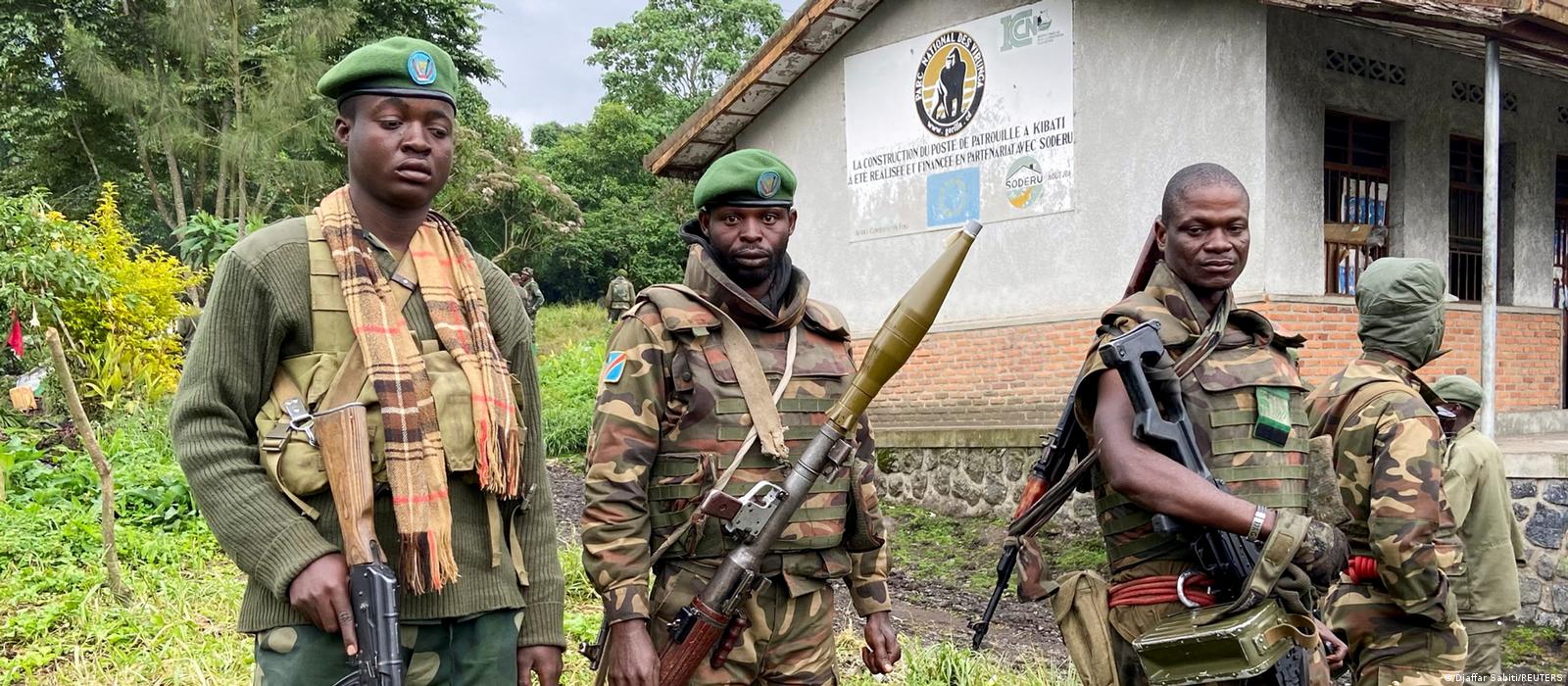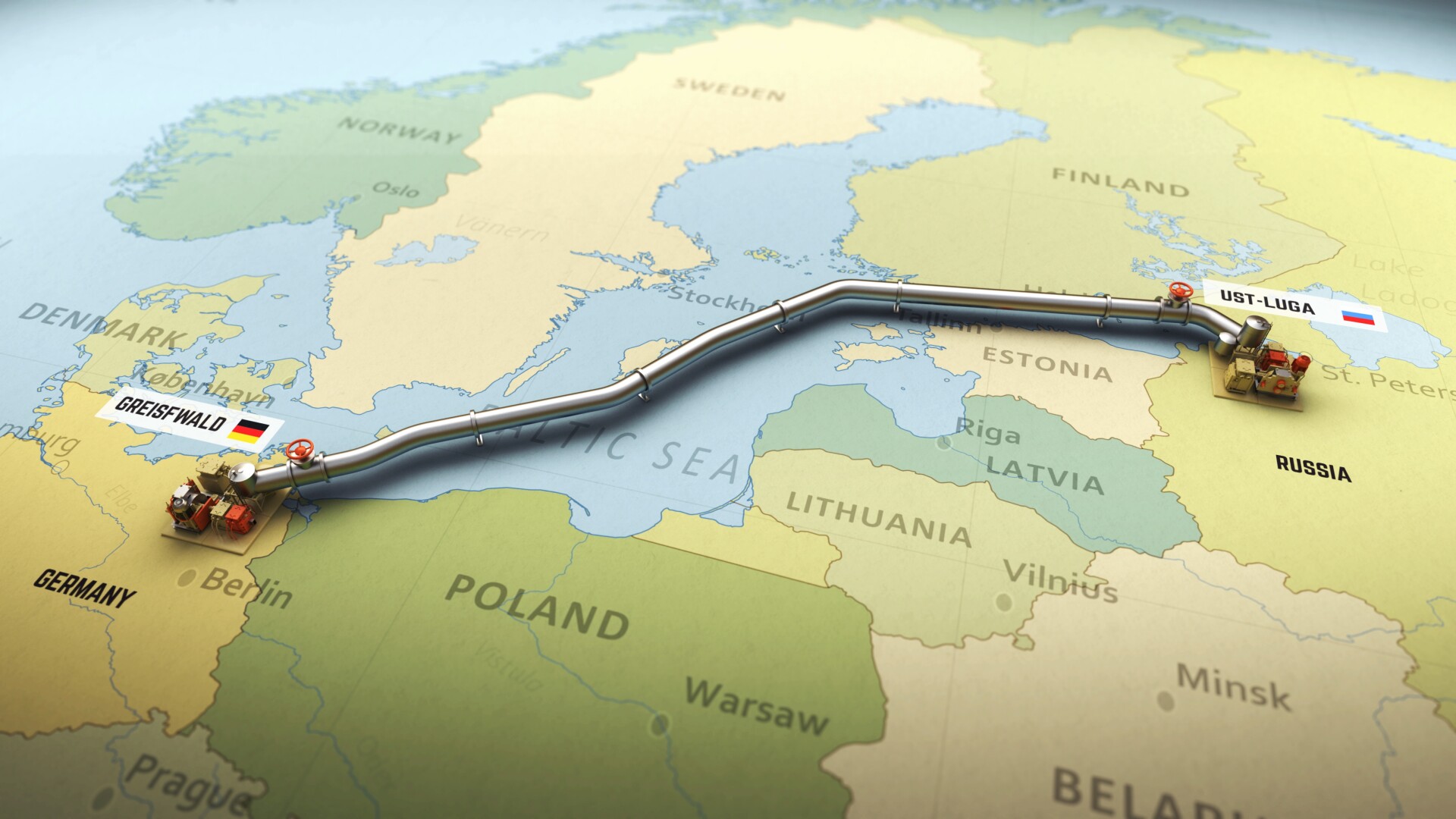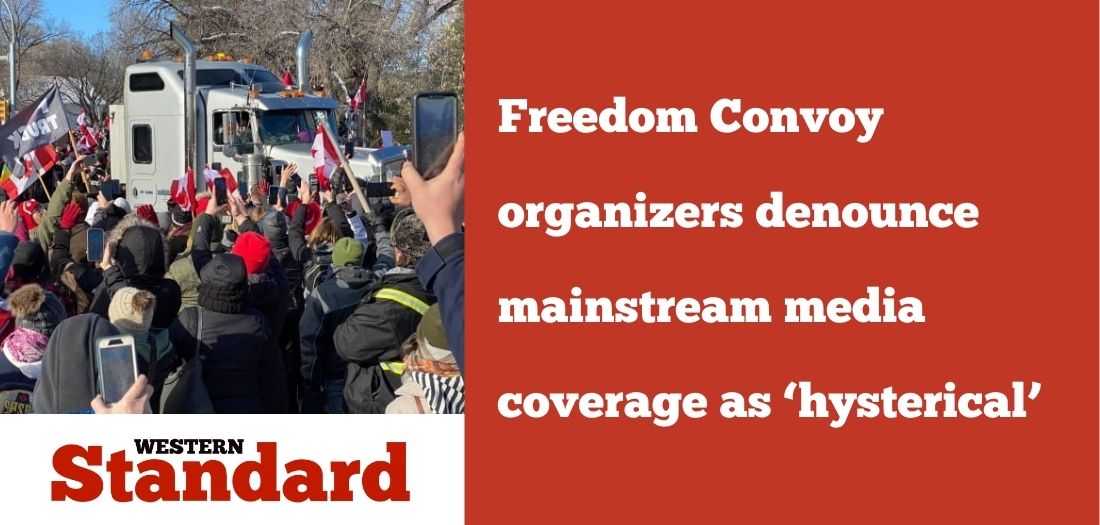The Israeli-Palestinian conflict has been ongoing for decades, with sporadic outbursts of violence and tension. However, the recent escalation of violence in the region has brought the issue to the forefront of global attention. In this article, we aim to provide a comprehensive analysis of the conflict, including its historical background, key players, and current state of affairs.
Historical Background: The Israeli-Palestinian conflict dates back to the late 19th century, when Zionist Jews began immigrating to Palestine, which was then under Ottoman rule. The Zionist movement aimed to establish a Jewish state in Palestine, while the Arab population of Palestine rejected this idea and demanded self-determination. Following the end of World War I, the British took control of Palestine and issued the Balfour Declaration, which supported the establishment of a Jewish national home in Palestine. This led to a series of conflicts between Jews and Arabs, culminating in the 1948 Arab-Israeli War, which resulted in the establishment of the State of Israel.
Key Players: The conflict involves a number of key players, including the State of Israel, the Palestinian Authority, Hamas, and the international community. Israel is a democratic state with a Jewish majority, while the Palestinian Authority is a semi-autonomous government that governs parts of the West Bank and Gaza Strip. Hamas is an Islamic militant group that controls Gaza and has been engaged in numerous conflicts with Israel. The international community, including the United States, the European Union, and the United Nations, has been involved in peace negotiations and providing aid to the region.
Current State of Affairs: The recent escalation of violence in the region began in April 2022, when tensions rose over the pending eviction of several Palestinian families from their homes in the Sheikh Jarrah neighborhood of East Jerusalem. This led to protests and clashes between Palestinians and Israeli police, which escalated into a full-scale conflict. Hamas fired thousands of rockets into Israel, while Israel launched air strikes and ground operations in Gaza. The conflict lasted for 11 days and resulted in over 250 deaths, the vast majority of whom were Palestinian civilians.
Conclusion: The Israeli-Palestinian conflict is a complex and multifaceted issue that has defied resolution for decades. The recent escalation of violence has once again highlighted the urgency of finding a peaceful solution to the conflict. While there is no easy answer, it is clear that any lasting peace agreement must address the legitimate concerns and aspirations of both Israelis and Palestinians. We hope that our analysis has provided a better understanding of the conflict and will contribute to the ongoing search for a peaceful resolution.
Free Speech and Alternative Media are under attack by the Deep State. Real News Cast needs reader support to survive. Please Contribute via GoGetFunding



